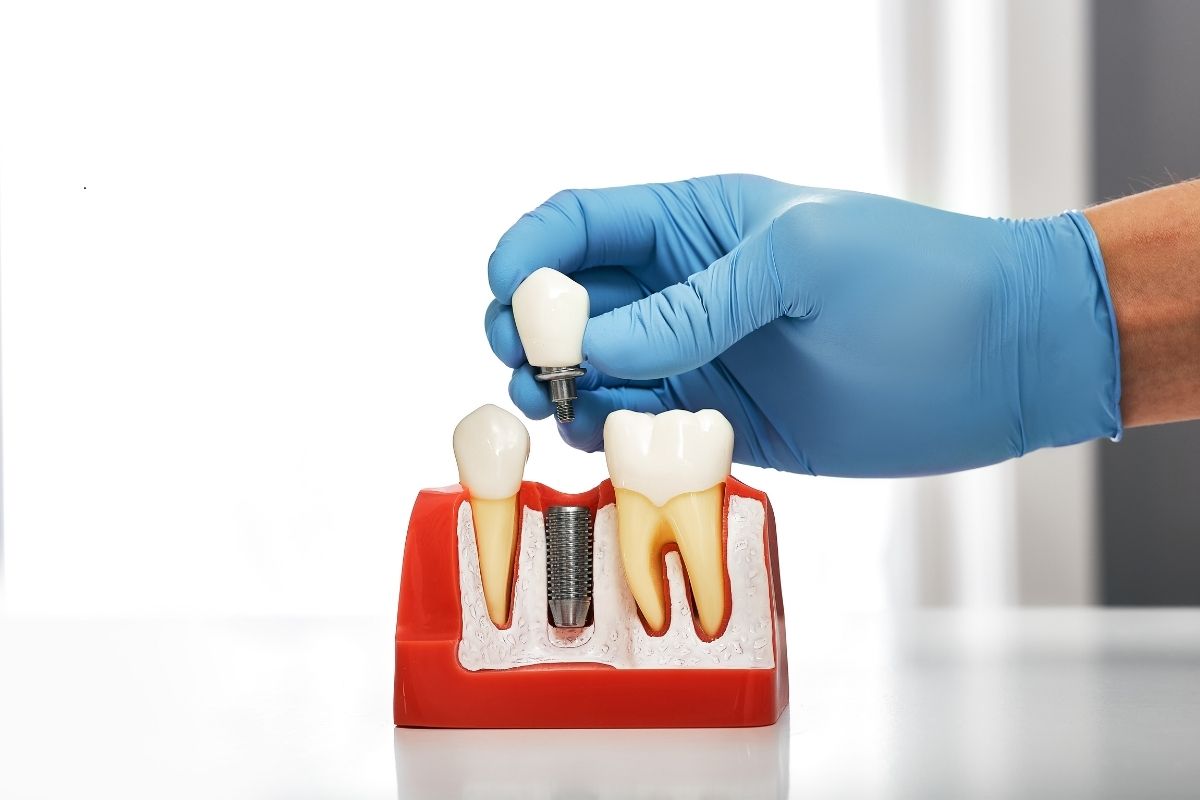
If you're considering a dental implant to replace a missing tooth, understanding the steps involved can help you feel more comfortable and confident about the procedure. With the expertise of a qualified dentist in Chandler, the dental implant process is straightforward and can result in a strong, natural-looking replacement for missing teeth. Here’s what you can expect from start to finish when you choose a dental implant in Chandler.
Initial Consultation and Evaluation
The journey begins with an in-depth consultation with a dentist in Chandler who specializes in dental implants. During this visit, your dentist will assess your overall oral health and discuss your goals for tooth replacement. They may take X-rays or 3D images to evaluate your bone density and ensure that you’re a good candidate for implants. If your jawbone lacks sufficient density, bone grafting may be recommended to strengthen the foundation for the implant.
Treatment Planning
After confirming that dental implants are right for you, the next step is to create a personalized treatment plan. This plan outlines the timeline, procedures, and any additional steps that may be needed, such as tooth extractions or bone grafts. Working with a skilled Chandler dentist ensures your plan is tailored to your unique needs and goals, setting you up for a successful outcome.
Implant Placement Procedure
The placement of the dental implant is a surgical procedure, but it’s typically performed with local anesthesia to keep you comfortable. During the procedure, your dental implant Chandler specialist will insert a titanium post into your jawbone, which serves as the artificial root for your new tooth. Over time, this post will naturally fuse with the bone in a process called osseointegration, providing a sturdy foundation for your replacement tooth.
Healing and Osseointegration
Following implant placement, a healing period of several weeks to a few months is necessary to allow osseointegration to occur. During this time, the bone grows around the implant post, securely anchoring it in place. It’s important to follow any post-op care instructions from your dentist to promote healing and avoid complications. Regular check-ups allow your dentist to monitor progress and ensure that the implant is integrating successfully.
Abutment Placement
Once the implant has fully integrated with your jawbone, the next step is to attach an abutment to the implant post. The abutment acts as a connector that holds the crown—the visible part of the implant—securely in place. This minor procedure is typically completed in one visit to your dental implant provider and requires only a short recovery period.
Crown Placement – The Final Step
The last phase of the dental implant process is the placement of the crown, which is custom designed to match the shape, size, and color of your natural teeth. Your dentist will make sure the crown fits comfortably and looks natural, restoring the full appearance and function of your tooth. Once placed, your new tooth will look, feel, and function like a natural tooth.
What to Expect After the Procedure
After your dental implant is complete, it’s essential to maintain good oral hygiene to ensure the longevity of your new tooth. Brush and floss daily and visit your dentist regularly for check-ups and cleanings. With proper care, a dental implant can last for decades, providing a lasting, comfortable solution for missing teeth.
Final Thoughts
The process of getting a dental implant may involve several steps, but each one brings you closer to a restored smile and improved dental health. From initial consultation to final crown placement, Valley Dental Care will guide you through every stage to ensure a successful and satisfying outcome. If you’re ready to start your journey toward a complete, confident smile, schedule a consultation today to learn more about dental implants and how they can benefit you.